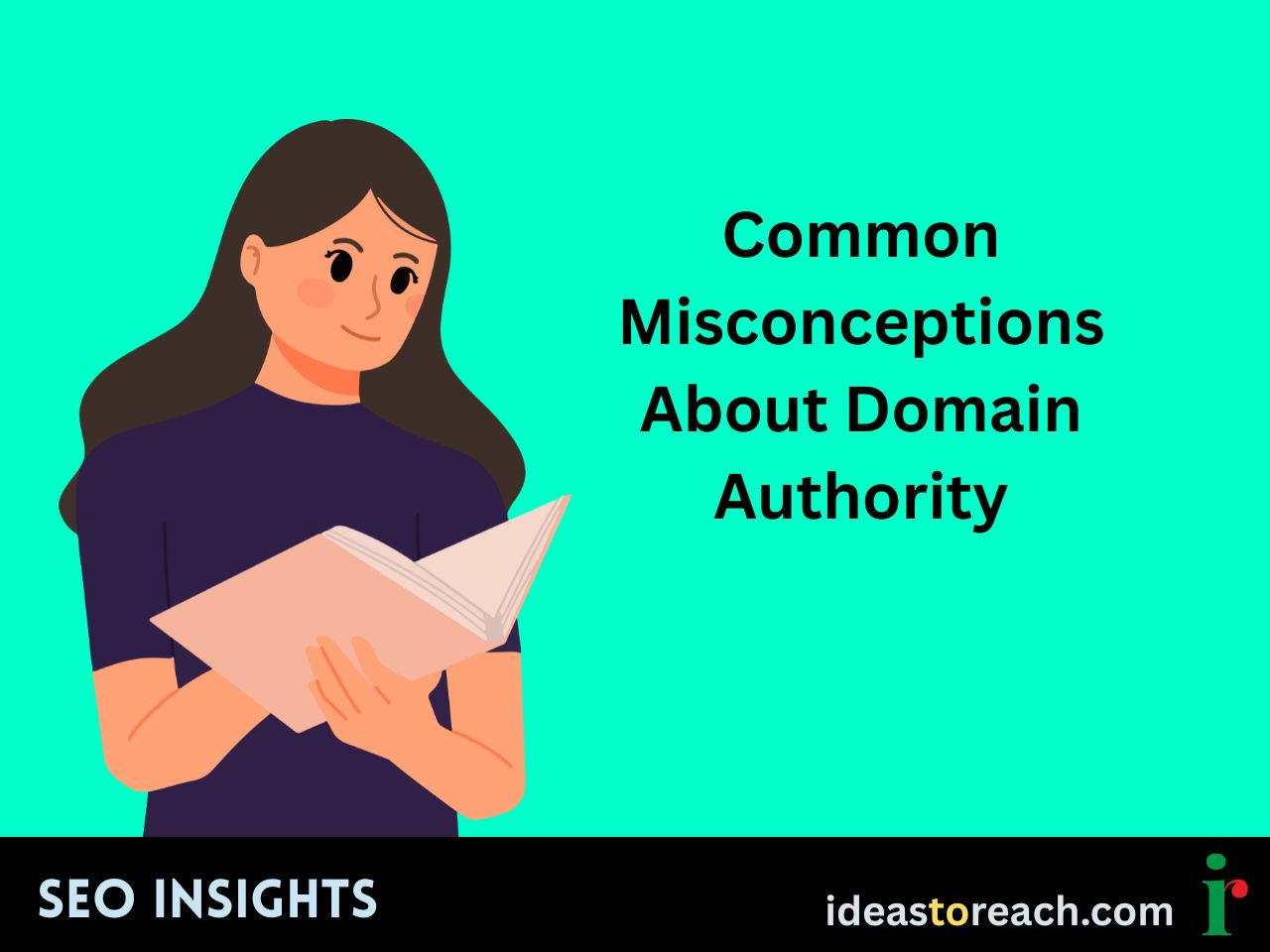
Domain Authority (DA) is often misunderstood—even by experienced marketers and SEO professionals. While DA is a widely used metric to evaluate a website’s strength in search engines, it is not a direct ranking factor.
In this page, we’ll break down the biggest misconceptions about DA and help you understand what the metric truly represents—and what it doesn’t.
The truth: Google has never used Moz’s Domain Authority score as part of its ranking algorithm.
DA is a third-party metric developed by Moz to estimate how likely a domain is to rank in search results. It’s based on backlink data, link quality, and other off-page SEO signals. While it correlates with ranking potential, it is not a ranking signal itself.
To understand what Google actually values, refer to Is E-E-A-T Important for Google Rankings?.
The truth: A higher DA doesn’t automatically mean your pages will rank #1.
You can have a DA of 75 and still lose rankings to a site with DA 40 if your content is outdated, irrelevant, or poorly optimized. DA reflects domain-level strength—not page-level content quality.
You still need strong topic alignment, internal linking, user experience, and fresh updates. See Does Your Content Fill or Kill? to evaluate if your content is genuinely useful.
The truth: Domain Authority growth is gradual and depends on earning high-quality backlinks over time.
Buying low-quality links or participating in link schemes may cause short-term spikes but will likely result in penalties or algorithmic devaluation. Google’s algorithms are smarter than ever.
Instead, focus on organic strategies like creating linkable assets and leveraging partnerships. If needed, remove poor backlinks using the Google Disavow Tool: 2025 Guide.
The truth: Not all backlinks are created equal.
Links from authoritative, relevant sites in your industry will carry more weight than random blog comments or irrelevant directory links. A few quality backlinks from trusted domains can help more than hundreds of low-authority links.
Learn to prioritize link quality by using the frameworks in our Internal Linking Guide and reviewing your link profile regularly.
The truth: DA is only one metric—and it focuses mostly on off-page signals.
It doesn’t account for technical SEO issues, keyword targeting, content freshness, or on-page structure. These all impact your rankings, even if your DA is strong.
A low DA website with clean code, well-researched keywords, and updated pages can outperform a high DA site that’s neglected. Use the Title & Meta Length Guide and Schema vs. Content Structure to optimize these crucial on-page elements.
The truth: Smaller or newer websites can build DA over time.
With the right strategy—consistent content creation, technical SEO hygiene, strategic partnerships, and natural link building—any brand can grow DA.
Even niche blogs and local businesses have achieved DA above 50 using consistent effort and creativity. Reference What Is a Purple Cow in SEO to see how standing out in your niche can attract quality backlinks.
The truth: DA scores fluctuate—sometimes even when you haven’t changed anything.
This can happen because:
You can track and interpret DA shifts better if you also monitor rankings, traffic, and link velocity. As suggested in How Often Should You Update Your Website, don’t wait for dips to act—improvement should be ongoing.
The truth: Moz, Ahrefs, SEMrush, and other SEO tools all have their own authority scoring systems.
Each uses different backlink databases, scoring logic, and update frequencies. That’s why DA (Moz), DR (Ahrefs), and Authority Score (SEMrush) rarely match.
It’s more important to watch your trend over time within a tool than compare across platforms.
The truth: DA is a means, not an end.
Improving DA helps with visibility, but your true goals should include:
DA helps you benchmark and guide your efforts—but it shouldn't replace broader SEO KPIs.
For a better-rounded strategy, explore our SEO Services and Digital Marketing Services.
Don’t chase vanity metrics. A strong Domain Authority comes from useful content, relevant links, and a technically sound website. When you fix the fundamentals, DA improvement is just a byproduct.
Ready to dive deeper? Visit our Domain Authority Guide or browse the Blog for strategies that break the noise and deliver actual SEO results.
Previous page: How to Improve Domain Authority for Entertainment Websites
Next page: Frequently Asked Questions About Domain Authority